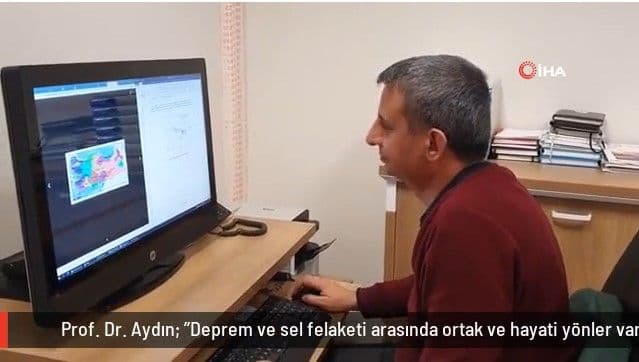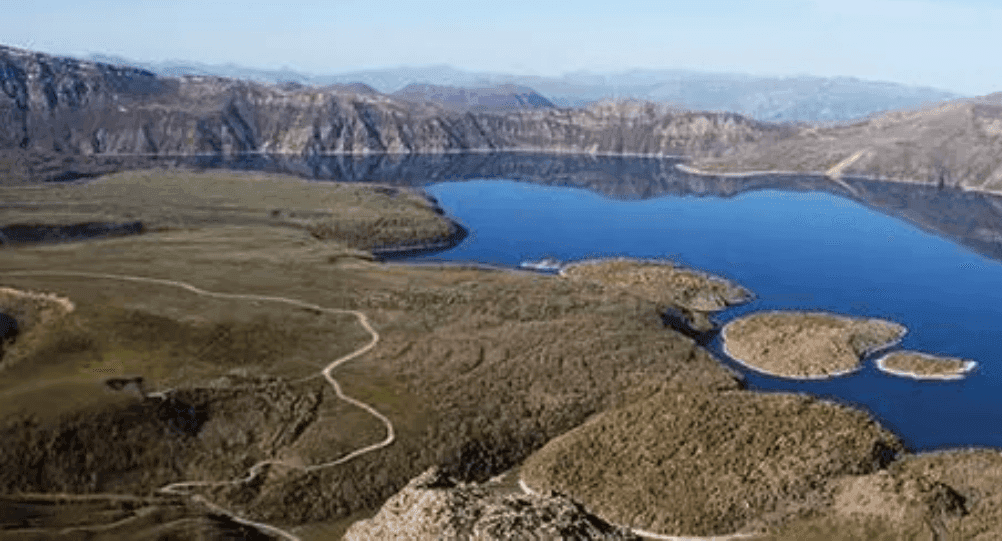Prof. Dr. Aydın: “Earthquakes and Flood Disasters Share Common and Critical Aspects”
BİTLİS – Bitlis Eren University Civil Engineering Faculty Member and Hydraulics–Hydrology Expert Prof. Dr. Mehmet Cihan Aydın stated that although earthquakes and floods are two different natural events in terms of their formation mechanisms, they share common and vital aspects regarding the areas they affect.
While the pain from the earthquake centered in Kahramanmaraş, which caused widespread destruction and thousands of deaths across 11 provinces, was still fresh, new disasters struck — this time floods in Şanlıurfa, Adıyaman, and Malatya.
Drawing attention to the link between these two destructive natural events — both resulting in loss of life, property damage, and psychological trauma — experts issued warnings to the public.
Prof. Dr. Aydın, who also serves as the founder of the Anatolian Underwater Research and Sports Association (ASAD), made an assessment regarding the floods in Şanlıurfa, Adıyaman, and Malatya:
“Although the disasters that occurred in the earthquake zone are two distinct natural events with entirely different causes, they actually have a common and critical aspect in terms of the places they affect. This is due to the fact that settlement areas have been established on alluvial plains — areas formed by river and lake beds where sediments accumulate.”
“Recent Disasters Have Raised Risk Awareness to Its Highest Level”
Prof. Dr. Aydın emphasized that recent natural disasters have heightened public awareness of disaster risks to unprecedented levels:
“Following the February 6 earthquakes, the floods that occurred on March 15 in Adıyaman and Şanlıurfa have pushed disaster risk perception to its peak.
Although these two natural events are completely different in origin, they share a vital commonality — both have caused the greatest damage in areas built upon river and lake alluvial plains.
The February 6 earthquakes showed that the most severe destruction occurred in such zones. These riverbeds are also highly vulnerable to floods and overflows.
Turkey’s annual precipitation average is 60–70 cm per square meter, meaning roughly 600–700 kilograms of rainfall per square meter each year. If this precipitation does not follow seasonal norms — particularly during winter and spring — it can result in droughts, followed by excessive rainfall, flooding, and overflows.
Floods are among the most frequent natural disasters globally and in Turkey, ranking second after earthquakes in terms of loss of life and property.
To prevent such disasters from recurring, we must avoid establishing settlements on river and lake accumulation zones, and relocate or reinforce existing ones with appropriate infrastructure and resilient building design.”
“Yusufeli Dam: A Model Example”
Prof. Dr. Aydın cited the Yusufeli Dam as one of Turkey’s best examples in reducing both earthquake and flood risks:
“The Yusufeli district is a remarkable case in terms of disaster risk mitigation. The Yusufeli Dam, one of the highest dams in the world, not only provides significant economic benefits through hydroelectric power generation but has also transformed the fate of the district.
Thanks to the dam, the region was relocated from the riverbed to higher, safer ground, reducing both flood and earthquake risks. At the same time, old and unsafe buildings were replaced with modern, earthquake-resistant structures.”




